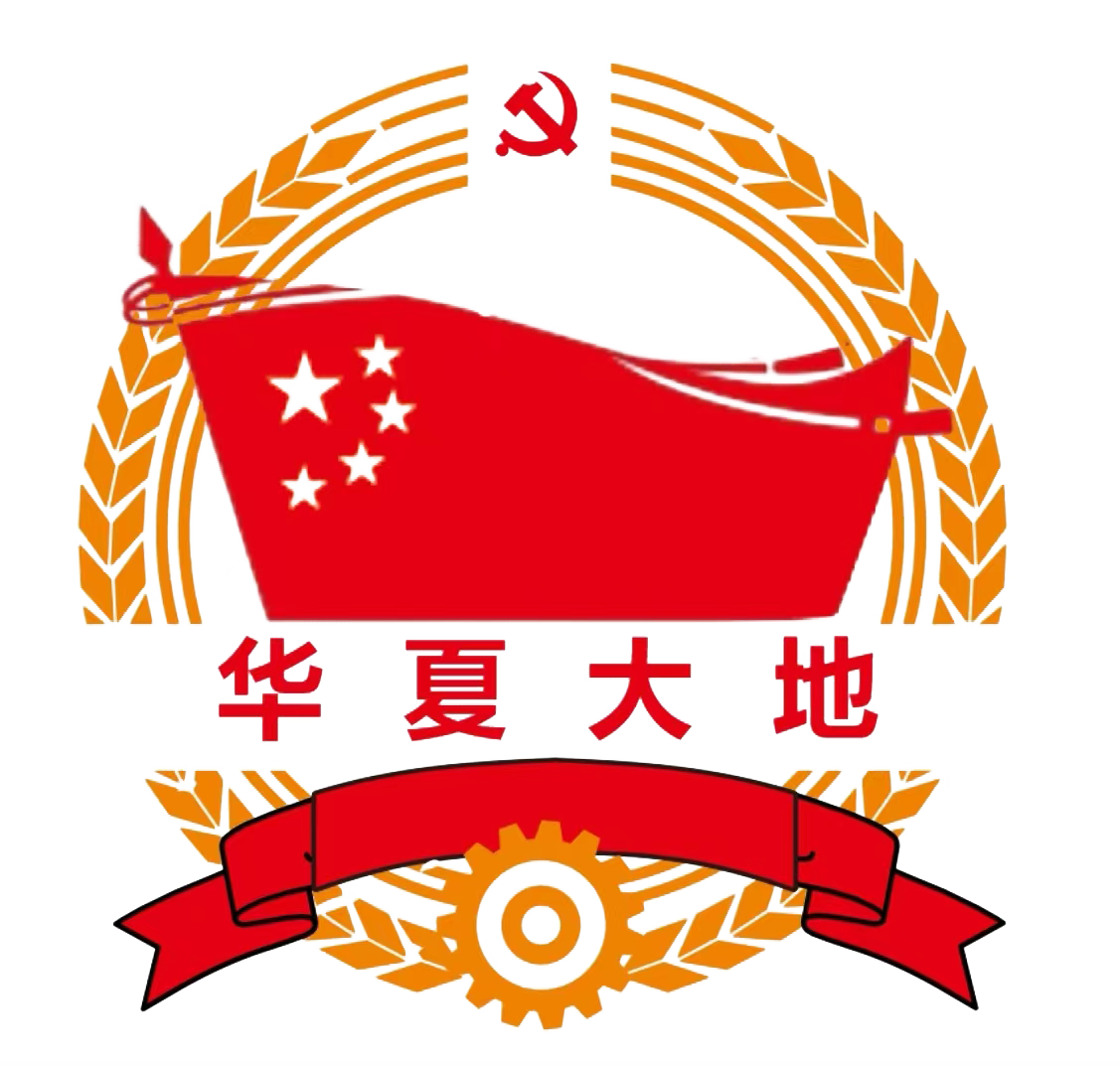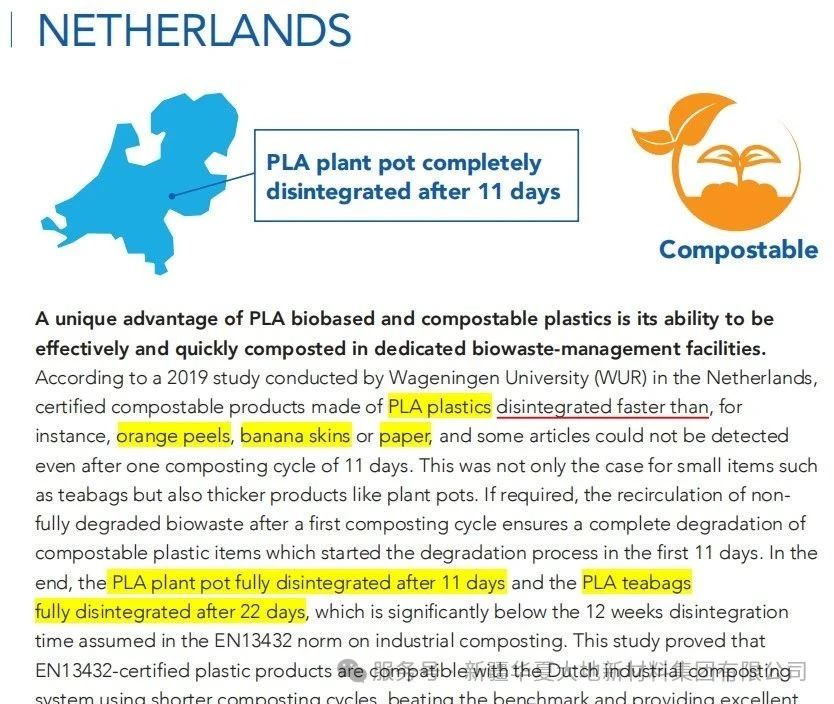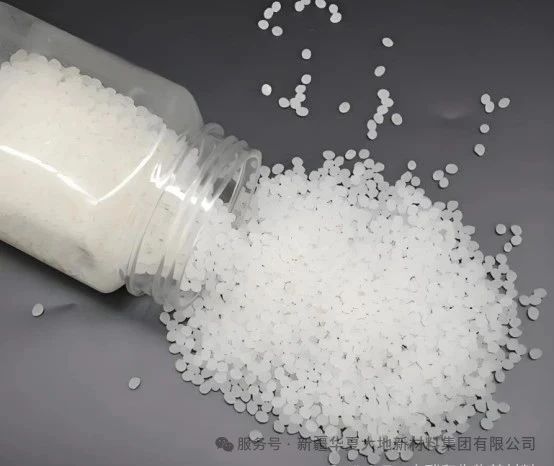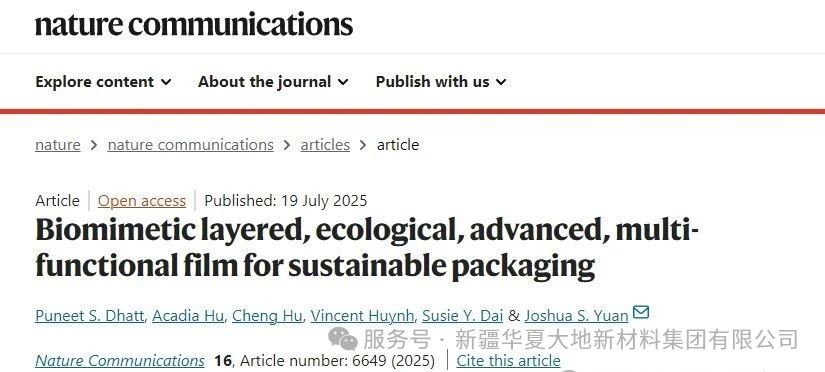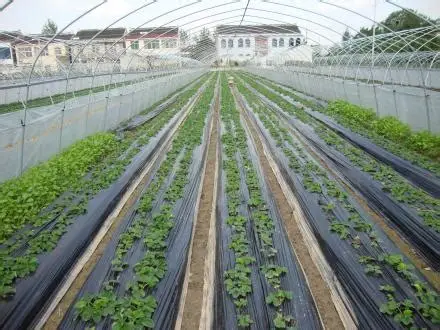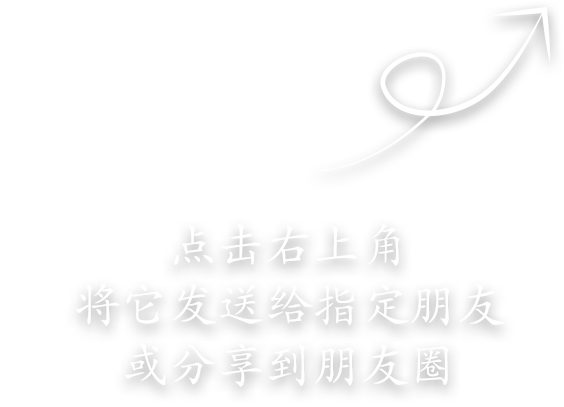On the fields of hope, plastic mulch was once a "hero" in boosting crop yields. However, with the "white pollution" caused by traditional plastic mulch becoming increasingly severe, a "green revolution" regarding plastic mulch is quietly unfolding. As an emerging eco-friendly material, fully biodegradable plastic mulch has certain advantages and differences compared to ordinary plastic mulch. This "contest" concerning the future of the land might redefine the sustainable path of agricultural production.
I. Material and Origin: Natural vs. Petrochemical - Completely Different "Lineages"
Common plastic film: mainly made of petroleum-based plastics such as polyethylene (PE), it is a non-biodegradable polymer material. These raw materials rely on fossil resources. During the production process, they not only consume a large amount of energy but also generate carbon emissions.
Fully biodegradable mulching film: Made from natural and renewable materials such as corn starch, polylactic acid (PLA), and cellulose, the raw materials are derived from plants, making the production process more low-carbon and environmentally friendly. For instance, polylactic acid is produced through the fermentation of corn, reducing the reliance on petroleum resources from the source and achieving the principle of "taken from nature, returned to nature".
II. Performance Comparison: Each Has Its Strengths, Environmental Protection Becomes the Decisive Factor
1. Basic Function: Competing "Crop Protectors"
Both conventional plastic mulch and fully biodegradable plastic mulch have core functions such as heat preservation, moisture retention, and weed suppression, which can effectively increase crop yields. Under suitable conditions, both can create favorable soil conditions for crop growth and contribute to increased production and income.
2. Durability and stability: The "short-term advantages" of traditional plastic mulch films
Common plastic film, due to the characteristics of petrochemical materials, performs well in terms of toughness and anti-aging ability, and can remain intact for a relatively long time. However, this also becomes its pollution risk - precisely because it is difficult to degrade, it will remain in the soil for a long time.
Early on, fully biodegradable mulching films were limited by technology and had issues such as insufficient toughness and uncontrollable degradation rates. However, with technological breakthroughs, the new generation of products has significantly improved in strength and weather resistance, meeting the needs of the entire crop growth cycle.
3. Environmental Adaptability: The "Smart Response" of Degradable Mulching Film
The most outstanding feature of fully biodegradable mulch film lies in its "self-adaptive" ability to the environment: during the growth period of crops, it can maintain stable performance; after harvest, under the influence of soil microorganisms, humidity, temperature and other conditions, it gradually decomposes into water, carbon dioxide and humus, without the need for manual recovery, completely solving the problem of residue. In contrast, even if ordinary mulch film is broken into microplastics, it still requires a large amount of manpower and material resources for cleaning.
III. Cost and Benefit: Short-Term Investment vs. Long-Term Return
Production cost: Ordinary plastic film is low in price due to mature raw materials and simple production process (about 30-50 yuan per mu); fully biodegradable plastic film is generally 2-3 times the price of ordinary plastic film because of high technology research and development and raw material costs (80-150 yuan per mu).
Comprehensive benefits: Although conventional plastic mulch has a lower initial cost, in the long run, problems such as soil compaction, reduced crop yields, and increased costs for recycling residual film will erode farmers' profits. On the other hand, although fully biodegradable mulch has a higher initial investment, it brings more sustainable economic value in terms of long-term soil health protection, reduced pollution control costs, and improved product quality (such as organic certification).
IV. Current Application Status and Challenges: The Road to Promotion is Long and Arduous
Ordinary plastic film: It remains the mainstream in the market. Especially when the illegal production of ultra-thin plastic film persists despite repeated prohibitions, some farmers still tend to use it due to its low price.
Fully biodegradable mulching film: With the impetus of policies and the enhancement of environmental awareness, its application scope has gradually expanded. For instance, pilot areas such as cotton fields in Xinjiang and vegetable greenhouses in Shandong have achieved remarkable results. However, its promotion still faces two major bottlenecks: one is the excessively high cost, and the other is that the performance of some products still needs to be optimized under extreme climates.
V. Future Trends: Green Transformation, Inevitable and Irresistible
With the advancement of the "dual carbon" goals and the strict enforcement of the new national standards for agricultural films, fully biodegradable agricultural films are seizing development opportunities. Research institutions are continuously optimizing the material performance, while enterprises are accelerating the layout of production lines. Some regions are reducing the cost for farmers through subsidy policies. In the future, as the technology matures and production scales up, fully biodegradable agricultural films are expected to achieve "superior performance and affordable prices", completely replacing conventional agricultural films, allowing farmlands to bid farewell to "white pollution" and return to green vitality.
Conclusion
The comparison between fully biodegradable mulch film and ordinary mulch film is not only a competition between two products, but also a profound reflection of humanity on ecological protection and economic development. When we choose a biodegradable mulch film, we are casting a vote for the future of the land - allowing the fields of harvest to no longer be bound by the "white shackles", and enabling every inch of soil to breathe freely. This green revolution requires the joint participation of you and me!
